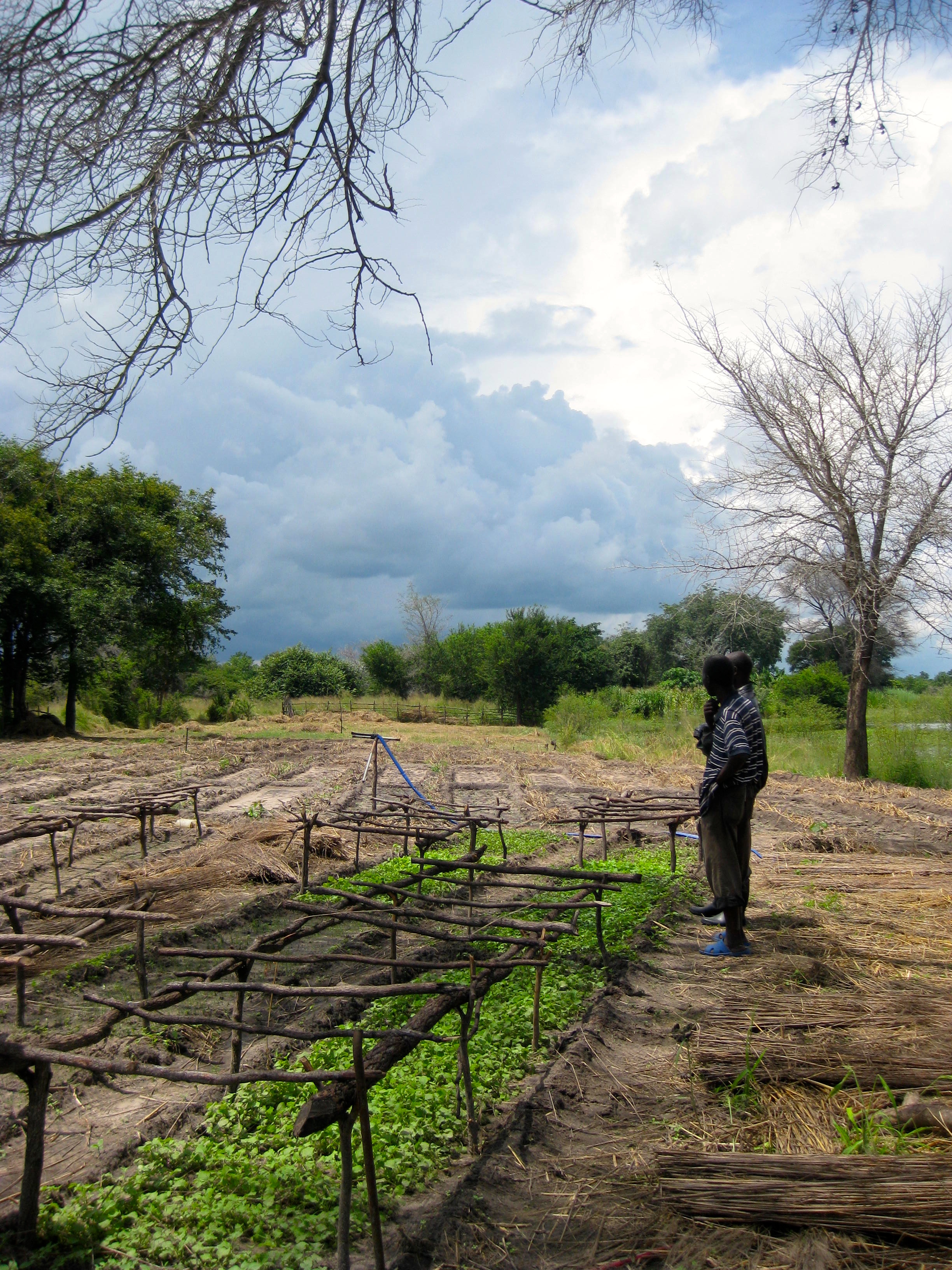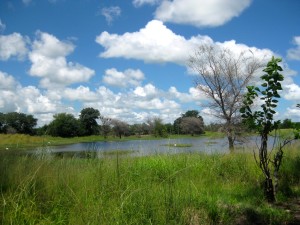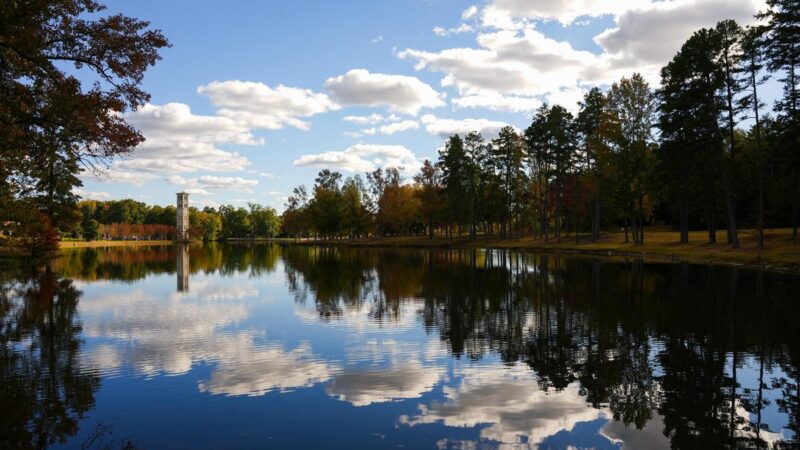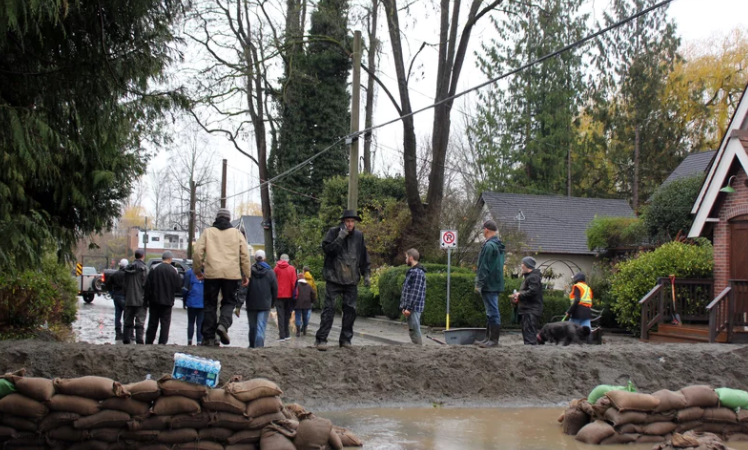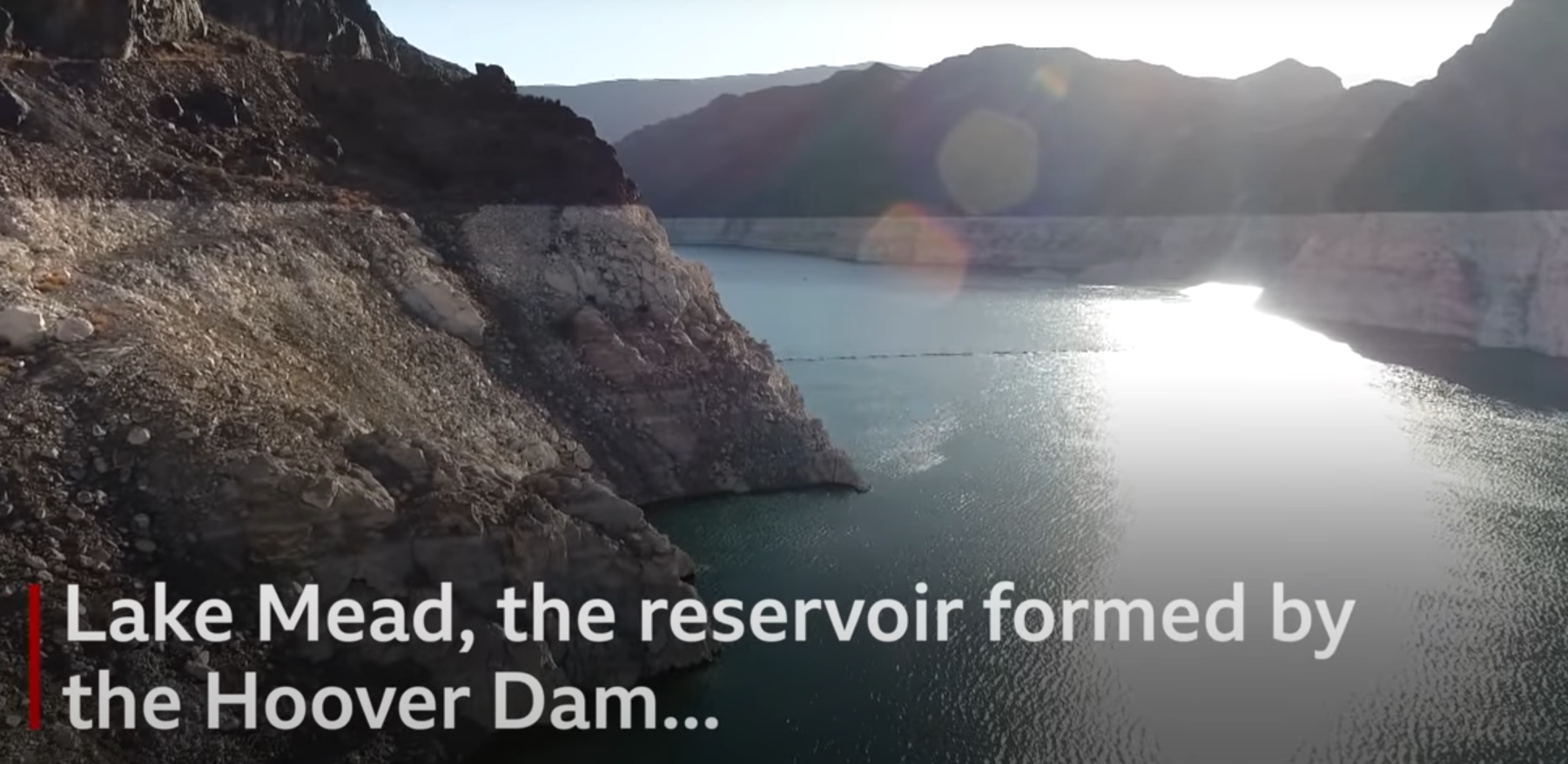This semester I have taken a brief break from my Ph.D. studies at The University of Colorado to conduct some research for the Red Cross Red Crescent Climate Centre in Zambia. Most of my time will be spent in Kasaya, a region in Kazungula district spanning from the Zambezi River approximate 40km north. Over 4000 people in 1300 households live in the area. I have been asked to perform a livelihoods assessment as part of a larger project that aims to improving humanitarian responses through the use of climate forecasts.
For various reasons, development and humanitarian organizations have a long history of designing projects without much consultation with intended beneficiaries. Such top-down approaches rely on many assumptions about what people need and how they will respond to whatever programs are delivered. Not surprisingly, these projects often fail. In the few conversations my team had with villagers in early January we heard several stories of agriculture projects that met with great success, for one year, and then vanished because the funding expired and support disappeared. As highlighted in the CCB report “Working with a Changing Climate not Against it”: A Survey of Lessons Learned for Resilient Adaptation to a Changing Climate, it takes more than a year or two to build capacity and ensure that new knowledge is employed into the future.
While living in the village I will conduct between 75-125 interviews with adult villagers. The purpose of the data collection is to get an in-depth picture of what like is life in the community, how people deal with hazards (drinking water, floods, too little water, disease, etc.), and how different sub-groups within the community may experience each of these challenges differently depending upon the social and material resources at their disposal. It is also to understand what their local priorities are and what kinds of projects they believe would be beneficial to them in the future. The Climate Centre also hopes to use this information to identify what kinds of hydro-meteorological warnings and subsequent responses might be useful to the community for responses to floods and droughts. The Red Cross, and any other donors that take an interest, can use the analysis and report that will eventually be produced to inform future projects and disaster responses in the area.
The premise of more prolonged pre-project data-collection is that by listening to the community and allowing them to identify their own needs, and potential solutions, the Red Cross will be able to design better interventions. Of course, such in-depth investigation may not be feasible as a basis for every project, but if it does lead to better outcomes—and if the process can be somewhat streamlined—it has the potential to have a significant impact.
As it is more of a consultative approach to planning it appears to be welcomed in Kasaya. I have been in the community for 3 weeks thus far, and have conducted nearly 50 interviews. After a community function last week people lined up to talk to me and tell me their stories. I will live with a teacher at the local school for a total of 8 weeks talking to people, visiting their farms, and trying to understand what their lives are like. In both community meetings and interviews villagers have expressed frustration with projects imposed from above or people, like myself, who come to gather information and then “disappear.” Their frustration is understandable. While I cannot guarantee that anyone will use the information I collect, I am hopeful that the information I gather will be used effectively and that this research will lead to projects that address community needs and for which there is real buy-in.
This low-lying region is prone to flooding in the rainy season (Dec – April) but water becomes extremely scarce for the remainder of the year. This makes farming a challenge as people have either too much or too little water to ensure a good harvest.
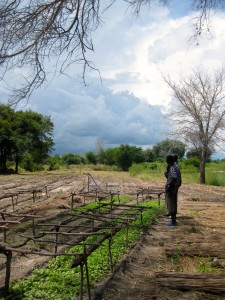 Some villagers, trained in conservation agriculture and vegetable farming, have tried to diversify their income and food supplies by plant vegetable gardens (near permanent water sources) during the dry season. This nursery has tomato, rape, and other seedlings for transplantation to adjacent beds.
Some villagers, trained in conservation agriculture and vegetable farming, have tried to diversify their income and food supplies by plant vegetable gardens (near permanent water sources) during the dry season. This nursery has tomato, rape, and other seedlings for transplantation to adjacent beds.
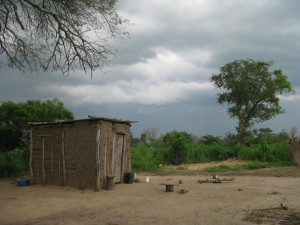 Thunderstorms threaten rain. While local farmers need showers to water their maize and other upland crops, too much rain, combined with water backing up from the Kasaya and Zambezi rivers, can quickly submerge low-lying fields damaging harvests.
Thunderstorms threaten rain. While local farmers need showers to water their maize and other upland crops, too much rain, combined with water backing up from the Kasaya and Zambezi rivers, can quickly submerge low-lying fields damaging harvests.
